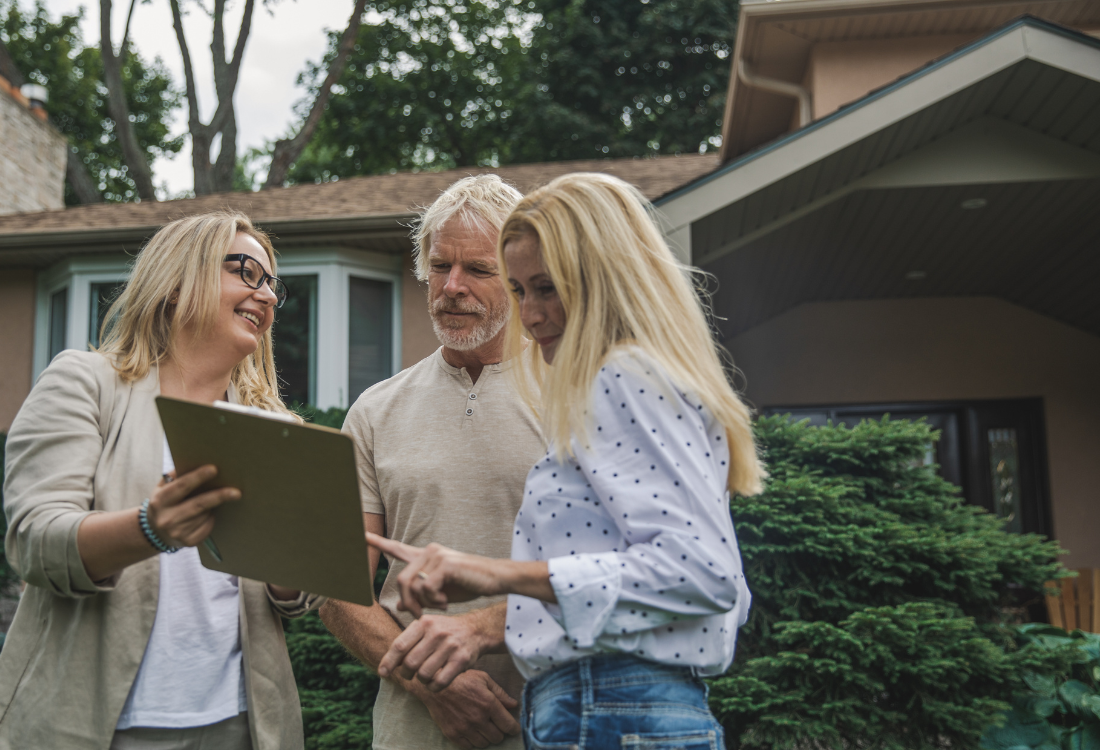4 Things To Consider When Buying A House With Historical Subsidence

Whether you are a first-time buyer or are looking to extend your property portfolio, a house with subsidence can cause problems if not carefully considered. Subsidence that is mild when you first buy your home can then worsen beyond your control with time. So what should you keep in mind when you decide to buy a house with historical subsidence?
1. Mortgaging And Insuring
It can be tough to secure a mortgage on a property with historical subsidence, and likewise, many insurers may not be comfortable signing off on insurance, either. This is because subsidence is only likely to worsen over time and the costs could be eye watering. When you purchase a house with subsidence, you may face extremely high premiums if you are able to secure insurance and a mortgage.
2. Request A Survey
The most important aspect of subsidence is understanding the extent of it. A chartered surveyor can carry out an assessment of the extent of the damage and how likely it is to worsen over a period of time. With this analysis and professional opinion, you will be more informed over potential problems and costs before you part ways with your money.
3. Ensure The Seller Does Their Part
If a homeowner has failed to mention subsidence and you were the one to bring it up, be careful that you are not being ripped off. If a house has subsidence, the owner must have had the appropriate repair works carried out and be able to present a certificate of structural adequacy as proof, before a home can be covered with subsidence insurance. Ensure that the seller has carried out their own obligations over the subsidence issues and that they are pricing their house at an appropriate market value. Once the seller has fulfilled their duties over the subsidence, obtain written evidence from them about exactly what has been done to help mitigate the problem. You may need this evidence in future should the subsidence worsen to the point that you need to claim on your insurance
4. Knock Down And Start Again
Let’s say you go ahead and purchase the property anyway. Sometimes, no matter how much you love a home, its level of subsidence may mean it is beyond saving. But if you love the area you live in, and the house has the perfect garden, for example, you may be reluctant to move – and you’ll likely struggle to sell. In times like these, you can consider demolishing the house and rebuilding it back up again from scratch. You’ll rid yourself of the subsidence problem (at least for a good few years) and you won’t have to move. If you are happy and settled in the area your house is, the costs may be worth it.
Contact Us
Subsidence insurance is always a sensible investment that you’re unlikely to regret – after all, there aren’t many buildings that improve structurally over time!
If you’d like to find out more about the types of insurance that we’d recommend for a home buyer dealing with subsidence, fill out our enquiry form and a member of our team will call you back and take you through the options. For any more questions, please do not hesitate to contact us!
Image source: Canva
